How to Keep Ski Goggles from Fogging Up – There’s nothing worse than skiing with foggy goggles. You can’t see where you’re going, it can be confusing, and it can be risky. If you’re tired of dealing with foggy goggles, keep reading. We’ll explain why ski goggles get foggy and share some simple tips to keep them clear.
Why do ski goggles fog up?
Your face is warm and the outside air is cold. Humidity from your face turns into warm water vapor which then condenses on the cold goggle lens material.
This is the fundamental reason that fogging occurs on ski goggles. Warm moist air condenses on cold goggle inner lens surface.
How does fogging occur?
Fogging in your goggles happens for a few reasons, all related to having too much warm, wet air inside them. This extra moisture can come from your sweat or from outside sources like snow, rain, or humid air. Here are some of the most common causes.
Dirt, oil, or grease on the inside of your goggles can stop the anti-fog coating from working. Water vapor can turn into fog more easily if it has particles to stick to. Dirt or dust on the lens gives the vapor something to cling to. Grease or oil from your hands can make dust stick to the lens and also mess up the anti-fog coating.
Your goggles might not have enough ventilation or the vents could be blocked. Vents help remove warm, humid air from inside your goggles to stop fogging. If the vents are blocked by snow or covered by clothes, air can’t flow properly. This trapped warm air can make the lens fog up.

Your goggles might not fit well and may not seal properly around your face. A good seal keeps all the airflow going through the vents. The vents help keep the air near the lens moving and prevent moisture from building up. If your goggles are loose and have big gaps, air can flow through these gaps and let in snow or rain. This messes up the airflow from the vents and can cause fogging.
You might be breathing warm, moist air into your goggles. This can happen if your facemask or jacket collar is pushing your breath into the goggle vents. The warm, humid air then goes directly onto the lens, causing it to fog up right away.
12 tips for how to keep ski goggles from fogging up
1 – Avoid touching the inner lens surface with your fingers.
Don’t touch the inside of your ski goggle lens with your fingers or anything dirty. Oils from your skin can mess up the anti-fog coating and make it not work. The more you wipe the inside of your goggles to clear fog, the more likely it is that new fog will form.
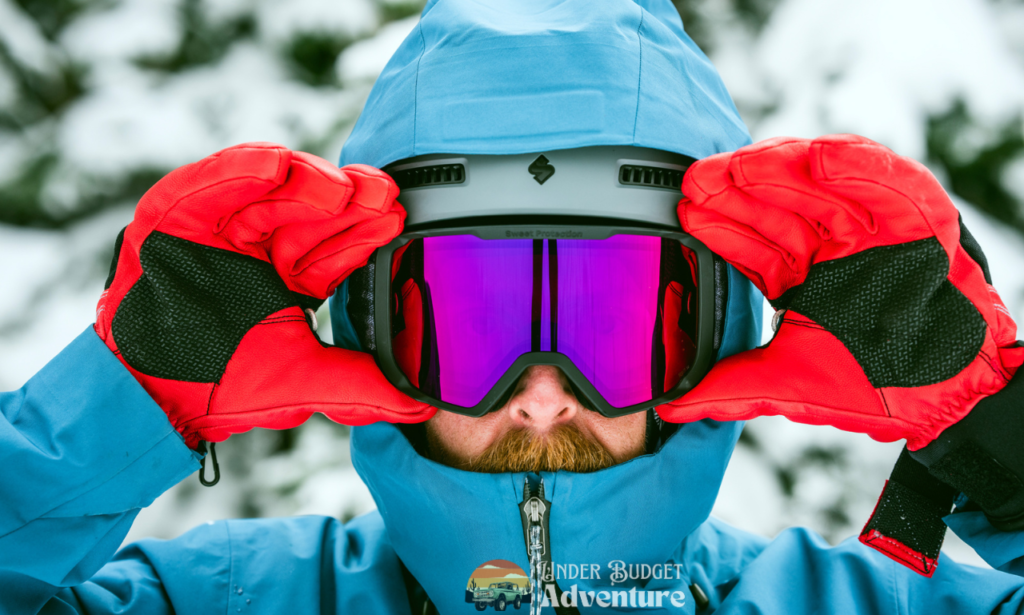
2. Make sure the lenses are clean before you put the goggles on.
Water tends to form fog on tiny dust and dirt particles. Clean your goggles using the microfiber bag they came with or a microfiber lens cloth. Don’t use your shirt, hands, paper towels, or tissues. If you scratch or damage the anti-fog coating while cleaning, your goggles won’t work properly.
3. Breathe through your nose instead of your mouth while you’re skiing.
One of the simplest yet most effective tips for preventing ski goggles from fogging up is to breathe through your nose instead of your mouth while skiing. When you exhale through your mouth, the warm, moist air escapes directly into your goggles, creating a foggy barrier that can obscure your vision. Also consider adjusting the fit of your goggles—too tight around the seals can trap moisture and develop issues
4. Tuck your face mask or neck gaiter under your goggles.
One of the simplest yet most effective ways to prevent fogging is to tuck your face mask or neck gaiter under your goggles.
This little trick creates a barrier that helps manage the warm, moist air from your breath, redirecting it away from the lens and preventing Additionally, take time to invest in anti-fog products available on the market so you can enjoy a crystal-clear view of the slopes without interruption. Remember to check your goggle vents too; keeping them clear enhances airflow and further reduces moisture buildup
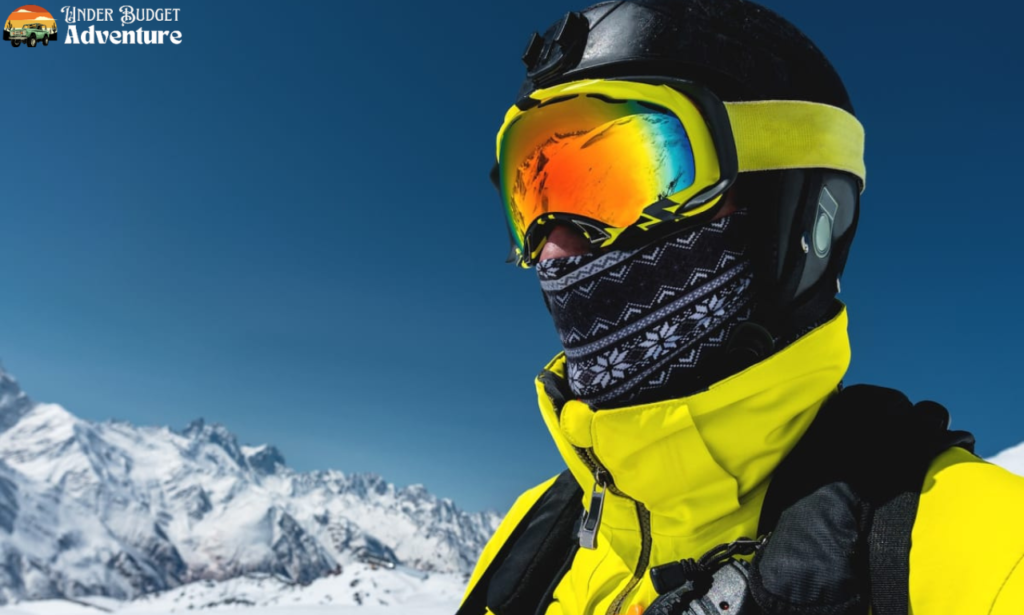
5. Dry your goggles out before storing them
One of the most crucial, yet often overlooked, tips for preventing your ski goggles from fogging up is to ensure they are completely dry before you store them.To counteract the moisture, take a moment to wipe down the lenses with a microfiber cloth—this not only removes any snow particles but also reduces residual moisture
6. Use Anti Fog Spray or Coating on the Lenses
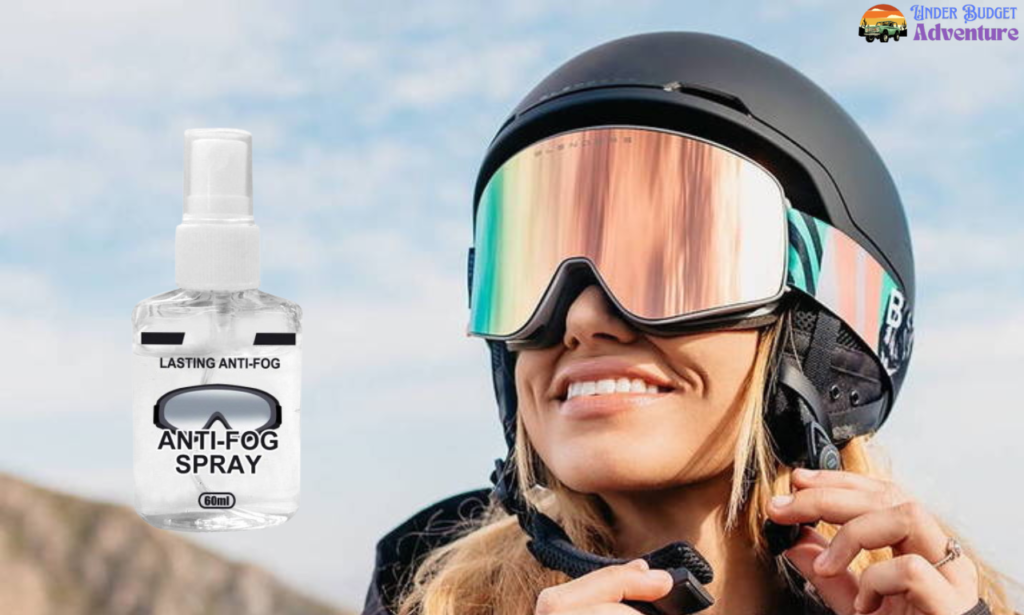
To use anti-fog spray on your glasses, simply mist the lenses lightly and allow them to dry before putting the glasses on.Applying a new coating can both create fogging issues and provide assistance.If you apply the spray too heavily, it may be visible when you put the glasses back on.
7. Make sure the vents on your goggles are not blocked by snow or ice.
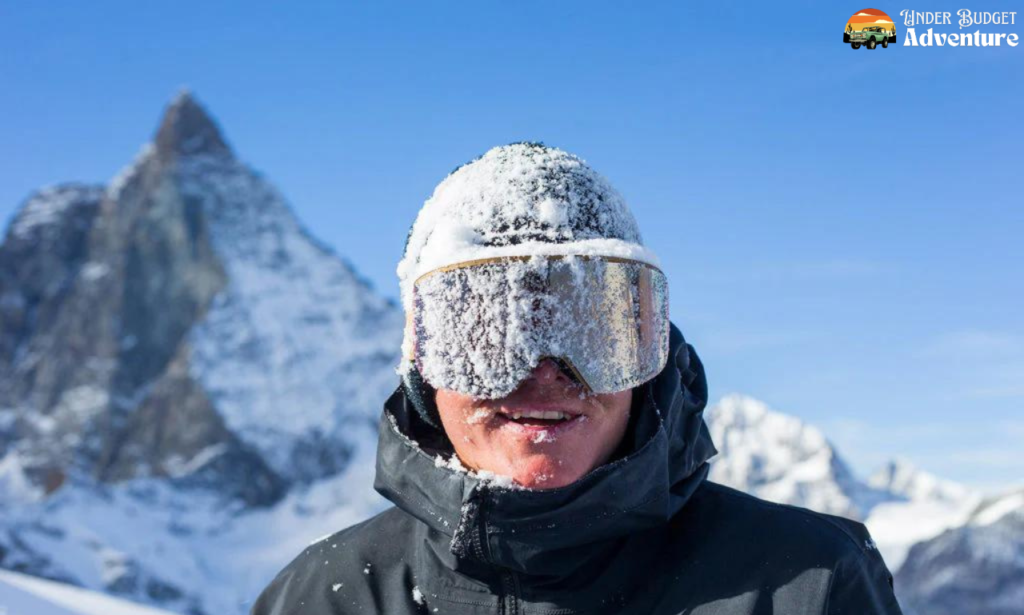
check and clear any snow or ice from the vents. You can use a soft brush or cloth to gently remove debris.When not in use, cover your goggles to prevent snow and ice from accumulating on the vents.
After exposure to snow or rain, make sure the vents and goggles are thoroughly dried before putting them back on.When adjusting your goggles or taking them off, try to avoid pressing them against snow or ice.
8. Adjust the straps on your goggles so they fit snugly but not too tight around your face.
Start by loosening the straps to make initial adjustments easier.Place the goggles on your face where you want them to sit, making sure they cover your eyes completely and form a good seal around your face.
Begin by adjusting the upper strap (if your goggles have separate upper and lower straps) so that it sits comfortably on the back of your head, just above your ears. Adjust the lower strap to ensure that the goggles sit snugly against your face without pinching or causing discomfort
9. Lift your goggles up and let them vent for a few minutes
Make sure you’re in a safe area where you can temporarily place or hold your goggles without risking damage or losing them. Gently lift the goggles off your face, ensuring you don’t accidentally scratch the lenses or let any snow or dirt fall onto them.
Hold or place the goggles where air can circulate freely around the vents. Avoid covering the vents with your hands or any other objects. Give the goggles a few minutes to allow any fog or condensation to dissipate. This will help improve visibility and comfort.
10. Get moving
The most effective way to clear fog from your goggles is to get air circulating through them. When you’re standing still, the vents aren’t getting airflow, so moisture remains trapped. As soon as you start moving, air flows through the vents, helping to expel the moisture. Often, your goggles will clear up quickly once you’re in motion. Avoid the mistake of removing and wiping your goggles when they fog up while you’re stationary; instead, let the airflow clear them.
11. If Your Goggles Get Saturated with Moisture Switch to Another Set
If the face foam of your goggles becomes drenched and you’re sweating heavily, you might be generating more moisture than the vents can handle. For those who sweat excessively and frequently face fogging issues, it’s a good idea to carry an extra pair of goggles for quick swaps.
If your goggles have interchangeable lenses, swapping the lens can offer a brief respite. However, if the foam is saturated, changing lenses will only provide a temporary fix before the new lens also becomes fogged.
12. Invest in a pair of ski goggles with a good anti-fog coating and ventilation and a helmet with matching vents
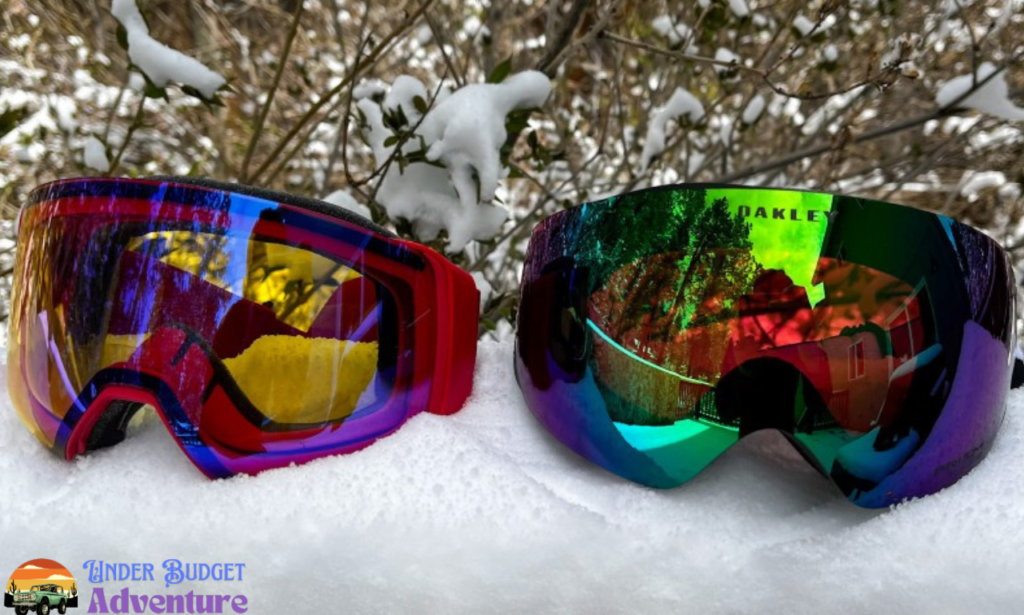
A good anti-fog coating isn’t just about keeping your vision clear; it enhances your overall skiing experience by reducing distractions caused by fogged lenses.
Equally important is matching your goggles with a well-ventilated helmet. A helmet equipped with dedicated vents creates an integrated airflow system between your goggles and headgear. This synergy not only helps in regulating temperature but also aids in maintaining dry conditions within both pieces of equipment
Spherical and toric lenses generally offer better anti-fog performance compared to cylindrical lenses. Spherical lenses are positioned further from your face, creating a larger air gap and improved ventilation. Modern cylindrical lens goggles, like the Oakley Fall Line, also provide excellent anti-fog capabilities.
Many ski helmets feature vents above the brim that help channel air through your goggles, enhancing the effectiveness of their ventilation and reducing fogging. These vents work best when paired with a matching goggle and helmet from the same brand, as they are specifically designed to align for optimal performance.
Recommended Anti-Fog Ski Goggles
A pair of high-quality ski goggles can truly elevate your time on the slopesOur top picks for anti-fog ski goggles are the Oakley Flight Deck and Outdoor Master Ultra.
We’ve used both extensively in challenging, wet, humid, and foggy conditions, and they’ve consistently remained clear and fog-free.
Recommended anti-fog ski goggles come equipped with clever technologies such as dual-layer lenses and effective ventilation designs that regulate airflow and temperature between the layers.
Pairing these advanced goggles with a compatible helmet featuring matching vents enhances overall performance significantly.

